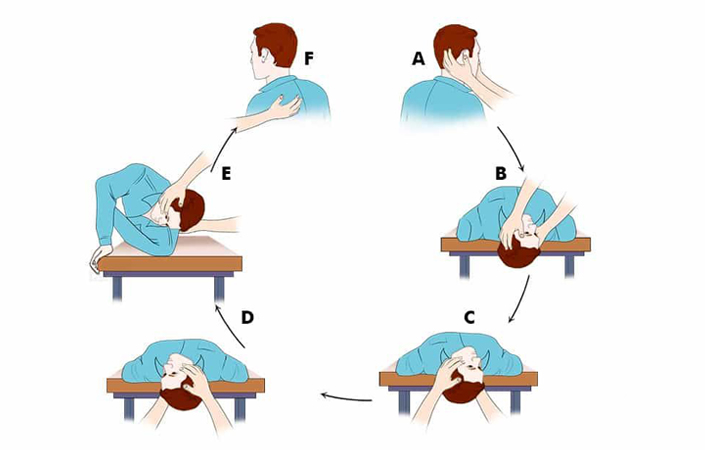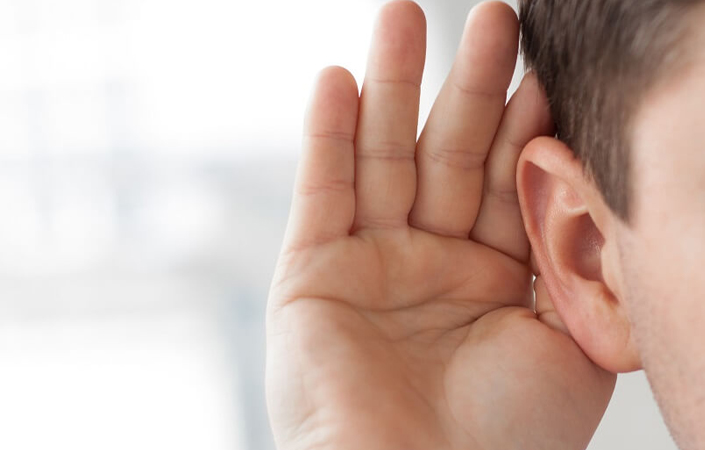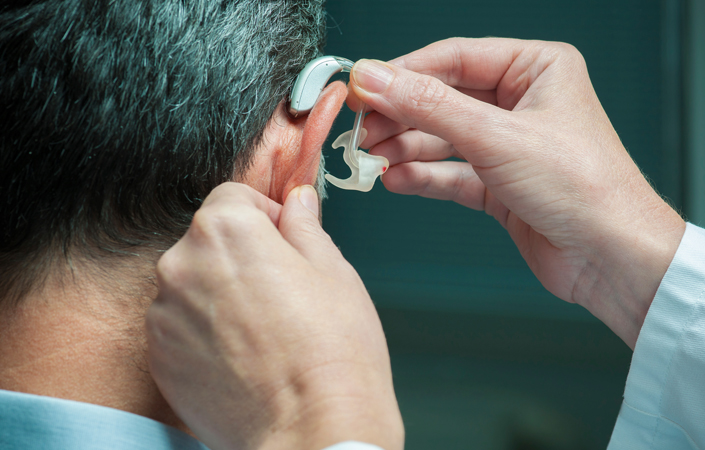
Communication Tactics
Hearing Tactics and Communication Strategies to assist you:
General Tips?
o Don't be afraid to let someone know you are hearing impaired.
o Hard surfaces reflect sound and may make it more difficult to listen.
o Soft surfaces and open spaces absorb sound and make it easier to listen.
o Don't be afraid to ask for help. Try to sit with your BACK to the noise.o
o Donot say that you understand when really you don't.
o Don't hesitate to ask the speaker to repeat.
o Observe body language.
o If other people ask you to repeat frequently, you may not be talking loudly or clearly enough.
o Consider the context of the conversation; learn how to put different parts of speech together to make a whole.
o Listen until the speaker is finished.
o Respond only when you are certain you understand.
o Sit facing or near the person who Is the most difficult to hear.
o Try sitting next to, rather than across from, your companion.
o Concentrate on facial expressions.
o Listen with your eyes and watch the lips and gestures of the person you are listening to.
o If hearing aids are not worn, speak to the better ear, if one ear Is indeed better than the other.
o Always remember to face the person speaking to you.

When you are at home
o Turn down the stereo, TV etc., when someone is talking with you in the living room.
o Don't try and communicate with people who are not in the same room.
When you are out & about
o At talks, church, or in meetings sit up the front, close to the speaker and away from children, open doors and windows.
o If your hearing aid has a telecoil, find out how it works in conjunction with a Loop System.
o Consider the environment - you may have to adjust the volume on your hearing aid/s. We
o Make certain that good lighting is available, so you can use as many visual communication clues as possible - it helps to see the speaker's lips.
o Sit close to loudspeakers, but not so sound from the loudspeakers will pass right over your head.
o If surrounding noise seems unusually loud, reduce the volume setting of your hearing aid/s slightly.
o Geta copy of the agenda prior to the meeting.
o When dining out, try and sit in the quietest part of the restaurant to avoid excess background noises.
o Study the menu before the order is taken.
o If going on long drives, consider an assistive listening device rather than your hearing aids, as traffic noise can be loud and It is not possible to face the speaker.
Some advice for families, friends and acquaintances:
o Try not to show frustration.
o Keep in mind that when meeting a person who seems inattentive or slow to understand you, a hearing loss may be possible,
o Some hearing impaired do not wear hearing aids.
o A person with hearing loss will benefit significantly from the support and sensitivity of family and friends.
o Just because someone wears hearing aids does not mean that they should be able to hear normally.
o You should not expect miracles.
o Communicate at appropriate times; the person should be mentally, physically & psychologically ready to listen.
o If you have something to Say, say it clearly and distinctly.
o Start a statement or question with the hearing impaired person's name first to get their attention.
o Donot try to hold a conversation if you are not both in the same room.
o Complete your thoughts and present them clearly and completely before going on to the next topic.
o Reduce background noises when carrying on conversations - turn off the radio or TV.
o Face the head of hearing person directly, and on the same level whenever possible.
o Be sure to get the person's attention before you start speaking,
o Save important talk for appropriate times.
o Talk at a moderate rate.
o Speak distinctly without exaggeration.
o Speak at a normal tone and loudness.
o Keep your voice at about the same volume throughout each sentence.
o Do not turn away from the hearing impaired listener in the middle of a remark.
o When changing topics, make certain that the hearing impaired knows.
o Pronounce every name newly introduced.
o Use only natural facial expressions and gestures.
o Watch the expression on the listener's face.




.jpg)





